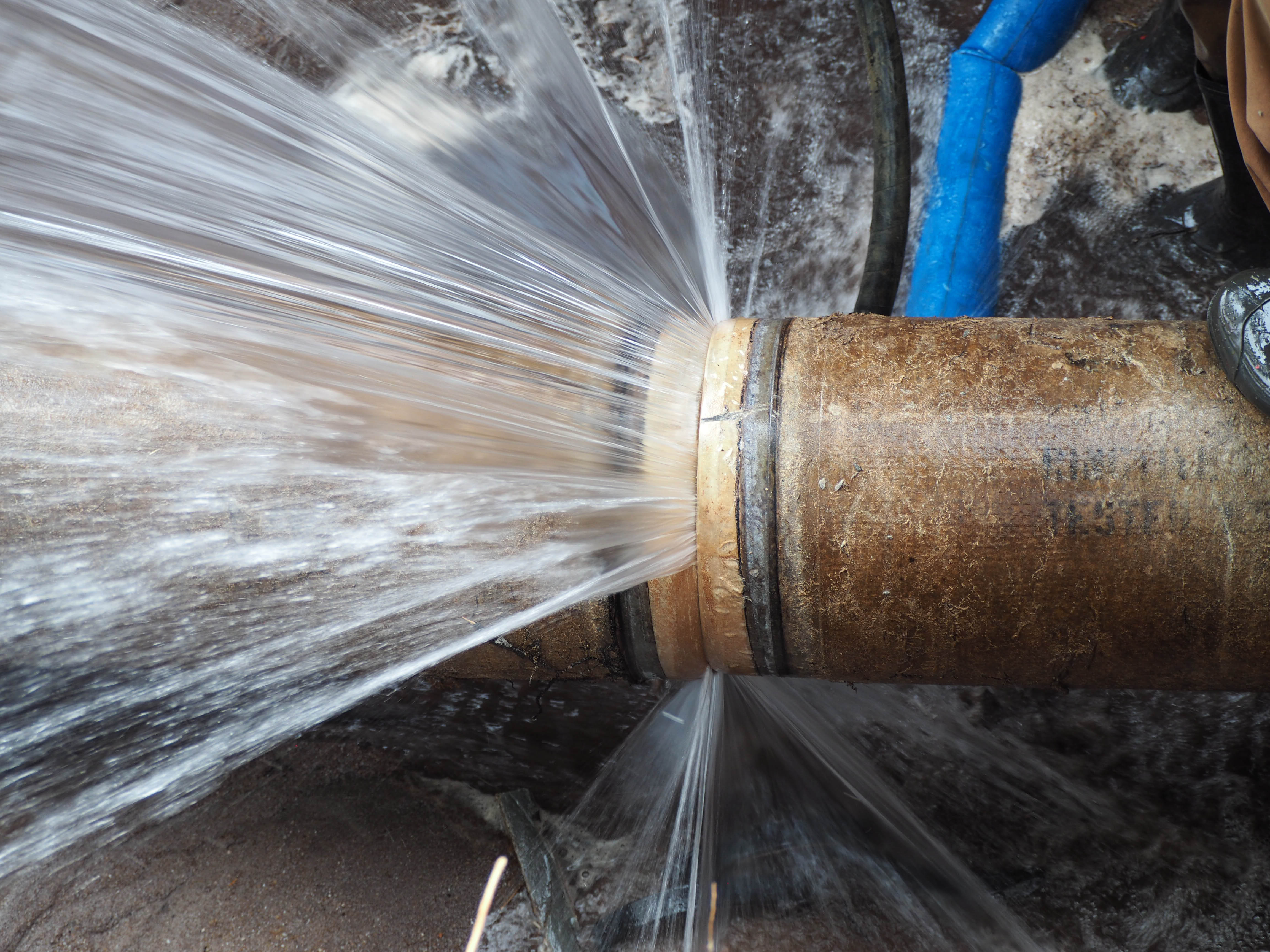How do you feel in relation to 6 Ways to Prevent Frozen Pipes?

Winter can ruin your pipes, particularly by freezing pipes. Here's just how to prevent it from occurring and what to do if it does.
Introduction
As temperatures drop, the threat of frozen pipes rises, possibly bring about expensive repair work and water damage. Recognizing just how to avoid frozen pipelines is vital for property owners in cool climates.
Avoidance Tips
Insulating prone pipes
Wrap pipelines in insulation sleeves or utilize warmth tape to safeguard them from freezing temperature levels. Focus on pipes in unheated or outside locations of the home.
Heating methods
Keep interior spaces properly heated, especially locations with pipes. Open up cupboard doors to permit warm air to flow around pipes under sinks.
Just how to determine icy pipes
Try to find decreased water flow from faucets, uncommon odors or noises from pipelines, and visible frost on subjected pipelines.
Long-Term Solutions
Structural modifications
Consider rerouting pipelines far from outside walls or unheated locations. Include additional insulation to attics, basements, and crawl spaces.
Upgrading insulation
Purchase high-grade insulation for pipelines, attic rooms, and walls. Appropriate insulation assists preserve constant temperatures and reduces the danger of frozen pipelines.
Safeguarding Outdoor Pipes
Garden pipes and outside taps
Disconnect and drain yard hose pipes prior to winter months. Set up frost-proof spigots or cover outdoor faucets with insulated caps.
Comprehending Icy Pipelines
What triggers pipes to freeze?
Pipelines freeze when revealed to temperatures below 32 ° F (0 ° C) for prolonged durations. As water inside the pipelines freezes, it broadens, putting pressure on the pipe walls and potentially causing them to burst.
Risks and damages
Icy pipelines can bring about water supply disruptions, building damages, and costly repair work. Burst pipelines can flood homes and create substantial structural damages.
Indications of Frozen Pipes
Recognizing frozen pipelines early can prevent them from breaking.
What to Do If Your Pipes Freeze
Immediate activities to take
If you suspect icy pipelines, keep taps available to alleviate stress as the ice melts. Utilize a hairdryer or towels taken in warm water to thaw pipelines gradually.
Final thought
Avoiding icy pipes calls for proactive measures and quick reactions. By comprehending the causes, indicators, and safety nets, homeowners can safeguard their pipes during winter.
5 Ways to Prevent Frozen Pipes
Drain Outdoor Faucets and Disconnect Hoses
First, close the shut-off valve that controls the flow of water in the pipe to your outdoor faucet. Then, head outside to disconnect and drain your hose and open the outdoor faucet to allow the water to completely drain out of the line. Turn off the faucet when done. Finally, head back to the shut-off valve and drain the remaining water inside the pipe into a bucket or container. Additionally, if you have a home irrigation system, you should consider hiring an expert to clear the system of water each year.
Insulate Pipes
One of the best and most cost-effective methods for preventing frozen water pipes is to wrap your pipes with insulation. This is especially important for areas in your home that aren’t exposed to heat, such as an attic. We suggest using foam sleeves, which can typically be found at your local hardware store.
Keep Heat Running at 65
Your pipes are located inside your walls, and the temperature there is much colder than the rest of the house. To prevent your pipes from freezing, The Insurance Information Institute suggests that you keep your home heated to at least 65 degrees, even when traveling. You may want to invest in smart devices that can keep an eye on the temperature in your home while you’re away.
Leave Water Dripping
Moving water — even a small trickle — can prevent ice from forming inside your pipes. When freezing temps are imminent, start a drip of water from all faucets that serve exposed pipes. Leaving a few faucets running will also help relieve pressure inside the pipes and help prevent a rupture if the water inside freezes.
Open Cupboard Doors
Warm your kitchen and bathroom pipes by opening cupboards and vanities. You should also leave your interior doors ajar to help warm air circulate evenly throughout your home.

I was shown that report on How to Prevent Your Pipes From Freezing from a friend on our other web address. For those who enjoyed reading our article plz be sure to pass it around. Thanks for your time invested reading it.
Click Here